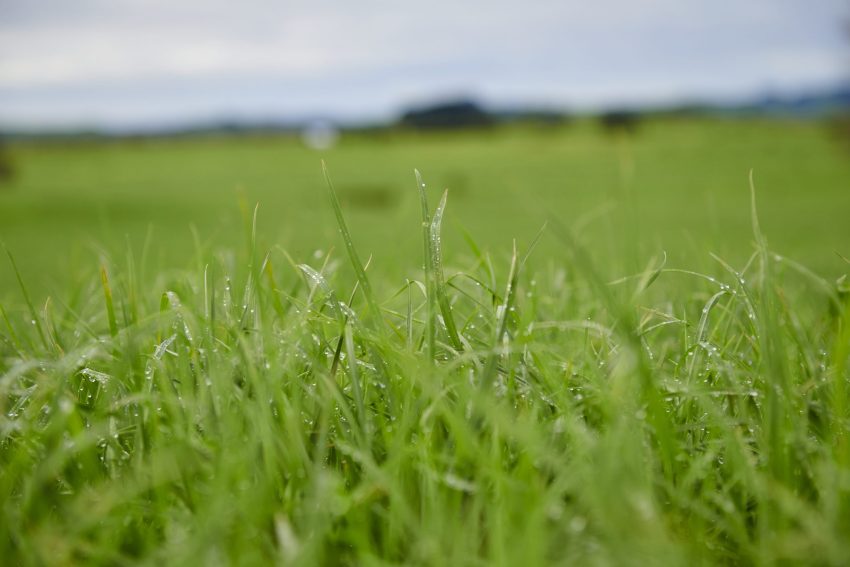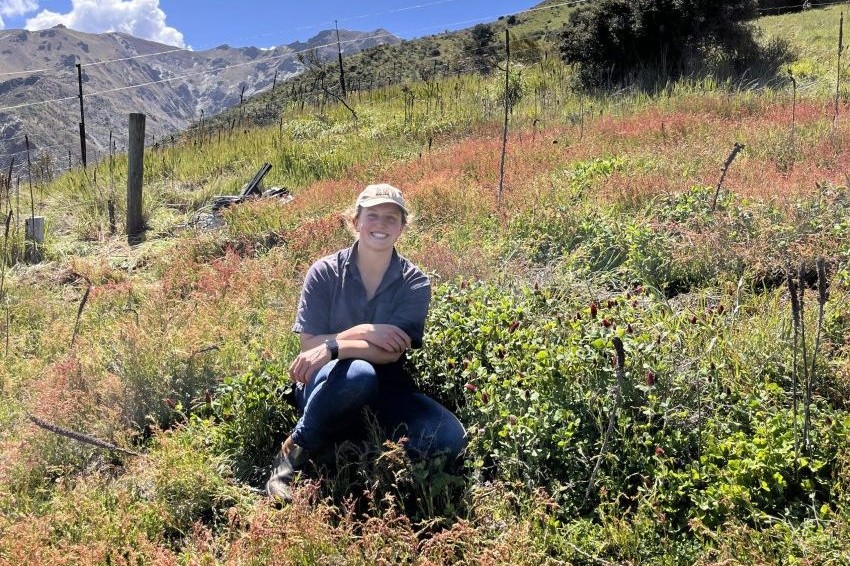All-grass wintering revisited
Fifty years ago Southland farmers were into all-grass wintering. Now there is interest again in more use of grass and less of crop, Ken Geenty writes.

Fifty years ago Southland farmers were into all-grass wintering. Now there is interest again in more use of grass and less of crop, Ken Geenty writes.
More grass feeding and less reliance on winter forage crops for sheep in Southland was up for discussion at the 2022 Grasslands conference in Invercargill. A case study revealed that only 60% of sheep in a flock of about 14,000 ewes were all grass-wintered. It was suggested that Farmax modelling and associated changes in whole farm practices were needed to integrate more pasture grazing into wintering systems.
Interesting revelations, considering Southland appeared to be the trendsetter for all-grass wintering in the early 1970s. Good friend and colleague of mine Ron Halford, now a leading farm consultant in the Horowhenua region, recalls developments clearly from his early farm advisory days in Southland. Two of his farmer clients, Joe Guise and Russell Dahlenberg, helped pioneer the new management practice using three-wire electric fences with a fresh back-fenced break given to the ewes every day or so.
With a long 60–70 day rotation, the sheep only grazed areas, usually with 2000–2500kg of pasture drymatter (DM) per hectare, once during winter. With back-fencing, pasture recovery was good. In fact ryegrasses and clovers bounced back and became stronger with the hard grazing and intensive fertility build-up from evenly spread urine and faeces.
Break sizes could be calculated on the basis of kg of DM/ha and requirements of ewes for maintenance during pregnancy, usually at about 1kg DM/ewe/day. For example, a ewe flock of 2500 offered a pasture cover of 2000kg DM/ha, grazed down hard to 600kg DM/ha, would require an area each day of 2500/1400 = 1.8ha or 18,000 square metres. If grazing time on a break was increased by a few days, the area allocated would be increased accordingly. A 70-day rotation would thus use a total pasture area of about 126ha at the lower pasture DM level of 2t/ha.
Another option would be to use perhaps 30 paddocks for a similar rotation length with each grazed for two to three days.
The value of sample monitoring
During the early days of all-grass wintering, ewe condition would have been monitored visually. However, more recently, body condition scoring (BCS) a sample of ewes regularly would give much more accurate estimates of progress.
With considerably higher lambing percentages than yesteryear, careful monitoring of BCS becomes critical for fine tuning of feeding at the higher performance levels. Feeding would need to be increased with ewes carrying multiples and with progressively greater feed requirements moving to mid-late pregnancy
Not surprisingly Ron advocated all-grass wintering, which swept across Southland in the 1970s, meaning less winter cropping and supplementary feeding. He makes the point that a “good grass manager” would have been most successful in transitioning to all-grass wintering.
It was well recognised back then that all-grass wintering was a more widespread regional option. Reinforced by the fact it worked in Southland even where winter pasture growth was lower than most other regions at less than 10kg of DM a day.
As fellow students at Massey, Ron and I had learnt from farm machinery guru Dr John Baker that the principles of minimum tillage provided alternative viable pasture improvement options.
The key being less soil disturbance and a much lower cost than with cultivation. Use of this method to renovate pastures would rely on chemical control of unwanted plant species, combined with over-drilling. If considered an option, it’s advised you consult a soils-savvy adviser to see if conditions on your farm warrant adoption.
Undoubtedly the original management and cost-benefit advantages of all-grass wintering apply to this day. However, use of the technique still needs careful consideration alongside winter supplementary feeding or using specialist forage crops.
A note of caution is the need for care with all-grass wintering as animal health risks, such as Brandenberg salmonella, can strike and sweep through the flock with the intensive and continuous mob stocking.
For an alternative regional perspective on all-grass wintering I had the privilege of recent discussions with leading Hawke’s Bay AgFirst farm consultants Phil Tither and Lochie MacGillivray. With general agreement on the broad principles already discussed, the need for planning and flexibility was re-emphasised, agreeing with the age-old adage of avoiding management recipes in farming. Given that, accumulation of grass to ration during winter is in effect shifting utilisation from summer-autumn to winter, and at the same time striving to match pasture availability with animal requirements.
Depending on variables of pasture production, stocking rate and level of animal performance, such supply and demand matching is tricky with varying challenges from season to season.
A key to wintering on pasture is having sufficient paddocks for each ewe mob, with frequency of shifts ensuring adequate rotation length for good pasture recovery.
Farmax modelling
Incorporation of feed supplements and/or forage crops means many options. A helpful way of rationalising these is through simulations with Farmax to model different feed supply and demand scenarios.
An interesting example was a Hawke’s Bay farmer using more than 20% of the farm area with forage cropping for winter feeding. Farmax monitoring in this case interestingly validated inclusion of such a large area in crop and associated re-grassing. With pasture production and profitability above district norms, the AgFirst consultants finally concluded that in this case the high level of cropping was appropriate.
Development of a robust winter management and feeding system for many will be an ongoing work in progress. Trial and error will have played a part, as will chats with farming mates and sessions with farm consultants. Working towards the ultimate best practice for your particular farm may also involve learning and practice change. And inevitably, such developments will be underpinned with production levels benchmarked against other similar farms or compared with established animal-performance indicators.
An important aspect of decision making on management and feeding is that what works well for you in one season may not necessarily be an ongoing panacea for all seasons. One should not lose sight of the large number of variables and the likelihood of other equally good, if not better, alternative management systems.
The final word: keeping an open mind is wise.
- Dr Ken Geenty is a primary industries consultant.




